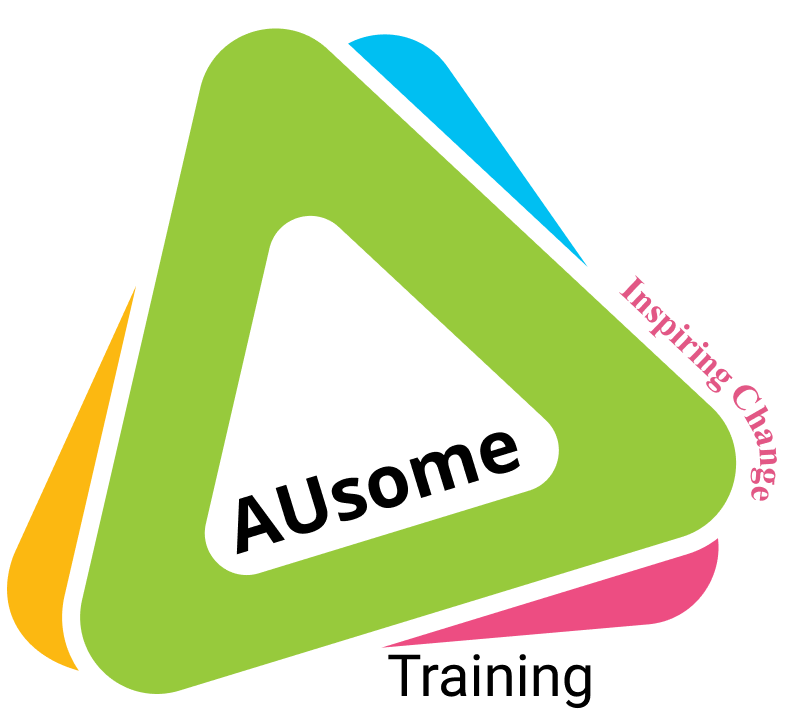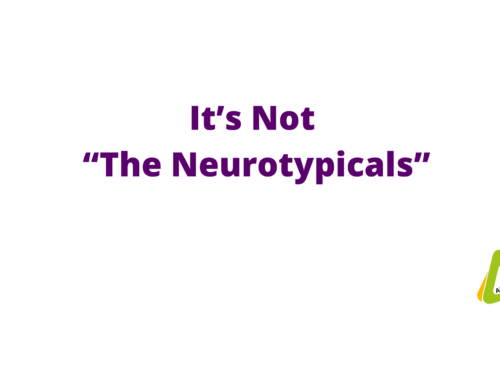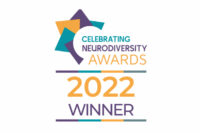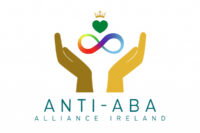As you may be aware the idea of Neurodiversity was inspired by that of biodiversity. Essentially, a healthy human society requires a balance of many neurotypes just as a healthy biological community requires a balance of many organisms.
It is the interaction of these, contesting and cooperating, that ensures things don’t get out of whack, but also means there’s enough diversity to enable rapid responses to sudden change.
This is a good analogy, so I’m going to take it and run with it.
When a natural environment has been disrupted too much – stripped and turned into monoculture farmland, or one or two key species have gone extinct (e.g. through hunting or disease) – there is a collapse of many, many species as the whole interconnected balance has been broken.
The model example of this is hunting wolves to extinction in an environment, with knock-on effects that impact vegetation cover, insect life, soil erosion and aquatic life – the entire environment is utterly ruined.
One solution to this is rewilding. What marks rewilding out from other approaches to habitat restoration is that it seeks to minimise the role of humans ‘building’ a facsimile of the old environment… because we’re actually not great at that.
Rewilding is about allowing the environment to rebuild itself. It’s not always the ideal approach – we’ve ruined some places so badly they are unable to ‘heal’ themselves without some human involvement. Where it works well is where the remnants of the balanced ecosystem still remain and the human role is largely restricted to getting the hell out of the way.
Great. What’s this got to do with Autistic people then? To start with, it links directly to the Autistic saying “we don’t need your ‘help,’ we just need you to get out of the way.”
Consider a human mind in a human body. They are one, two aspects of a single coordinated super-complex web of systems. Neither is functional without the other, and the sub-parts are often deeply reliant on each other, and their sub-parts… and theirs…
What this means is that a physical injury to a leg or a psychological trauma, for example, creates a cascade of responses across the body-mind web. Do too much damage in one place, or multiple damages in different places, and you can push the entire thing over the edge.
The business of growing as an Autistic person working their way out of a lifetime of exclusion, insults, gaslighting and so on is rebuilding a whole self.
This is what we mean by the somewhat misleading term ‘unmasking.’ As with a badly damaged environment, there are scars that won’t ever be undone.
Clumsy human efforts to ‘fix’ that self by just dumping what are imagined to be replacement ‘bits’ of selfhood that are ‘missing’ or ‘broken’ (e.g. through ‘social skills training’) really doesn’t work.
You might think of Radical Behaviourist “build the person from scratch” approaches as the classic example of this. It’s like looking at a ruined landscape and assuming you know what it ‘should’ look like and trying to construct ‘nature’ the way you would construct a housing estate or business park.
It does not work.
It might appear somewhat natural at first glance, but the more you watch the more obviously unnatural it appears.
This is where the idea of rewilding comes in.
In terms of habitat restoration the idea is to not force change but to simply facilitate nature to rediscover the landscape and create something true to the history of the place, scars and all.
What emerges might be something entirely new, but it is also something with an in-built balance and stability. Instead of just dropping arbitrary ‘missing’ species into the landscape, the idea is to watch and see where the place itself is unable to self-heal.
Rather than plant swathes of trees for example, we watch to see if something critical has been unable to re-enter the environment, cautiously adding these in small amounts as ‘seed populations’ and allowing nature to do the heavy lifting.
Back to our Autistic selves.
We’ve been metaphorically built over, strip-mined, land-filled; we’ve had our woodlands felled, our flower meadows ploughed, and our waters polluted. Everything is struggling to just survive.
How might we rewild ourselves?
Actually, this is very much the kind of approach our community has taken. And it looks like it’s working. Sure, it’s a slow process, and boy are the old scars still very evident, but by denying harmful ‘therapies’ and ‘treatments’ access to our shared ‘landscape,’ we’ve allowed our moss and seedlings to prosper. Our insects are thriving, our birds are nesting again at last.
It’s lovely to see.
And, because this rewilding process is not governed by a grand scheme created by outside engineers, our communal healing, growth, development and complexification has defaulted to a beautifully self-supporting, self-sustaining pattern.
This is happening now. Communities are burgeoning in ways suited to their environments, each subtly different from each other… and the magic part is that this growth is impossible to predict or plan because it is the net outcome of thousands – millions – of individuals doing exactly this rewilding process within themselves, in their own way, based on the resources they have, and at their own pace.
Now and then I find myself sitting on a metaphorical rocky outcrop overlooking our landscape, or come upon a ‘woodland glade’ within our community and I’m stopped short, taken aback by the richness of what is in front of me.
It’s not just Autistic people living better lives. It’s a whole ecosystem rediscovering itself.
The initial formation of the Autistic community almost forty years ago now was about mutual support to survive in a kind of hellscape. From that has arisen, slowly but surely, not just one or a few little groups of Autistics or a homogenous ‘monoculture’ but entire rich habitats.
And these have grown and diversified, become homes also for many, many otherly Neurodivergent people as different communities found each other. Many diverse communities moving from survival to thriving by connecting, sharing and working together.
Different Neurodivergent communities have cross-seeded, shared resources, merged, changed each other, making the whole wonderfully richer and more sustainable than the sum of the parts.
The underlying philosophy behind the AUsome project is built on exactly this. Our message is about sending out ‘all clear’ signals and reminder notes to our beleaguered neurokin and their families:
It’s okay, you can grow new leaves; you can put out blossoms; you can wander into the pastures and glades; the water is clear and safe to drink.
It’s hidden in plain sight. Courses named Dawn, Cothu (nurture), Leanbh (child), or Get Konnected and Thrive… they are named to reflect this philosophy.
You thought they were just ‘nice names?’
C’mon, we’re Autistics! We overthink EVERYTHING, right? And we really MEAN it when we say it.
This is, quite literally, the Neurodiversity we imagined when drawing parallels to biodiversity decades ago. An organic, gentle, sustainable, Rewilding of our Selves.
And, just as a self-restored, rewilded landscape shapes and helps surrounding landscapes, so this thriving, blossoming, growing Neurodivergent landscape is shaping and changing the wider human social landscape.
Slowly, yes, but towards a more balanced and sustainable future for everyone.
And this is BEAUTIFUL! We are beautiful. You are beautiful. Because you survived, scars and all, and are part of the rewilding.
Love yourself. Trust yourself. Plant more seeds.



